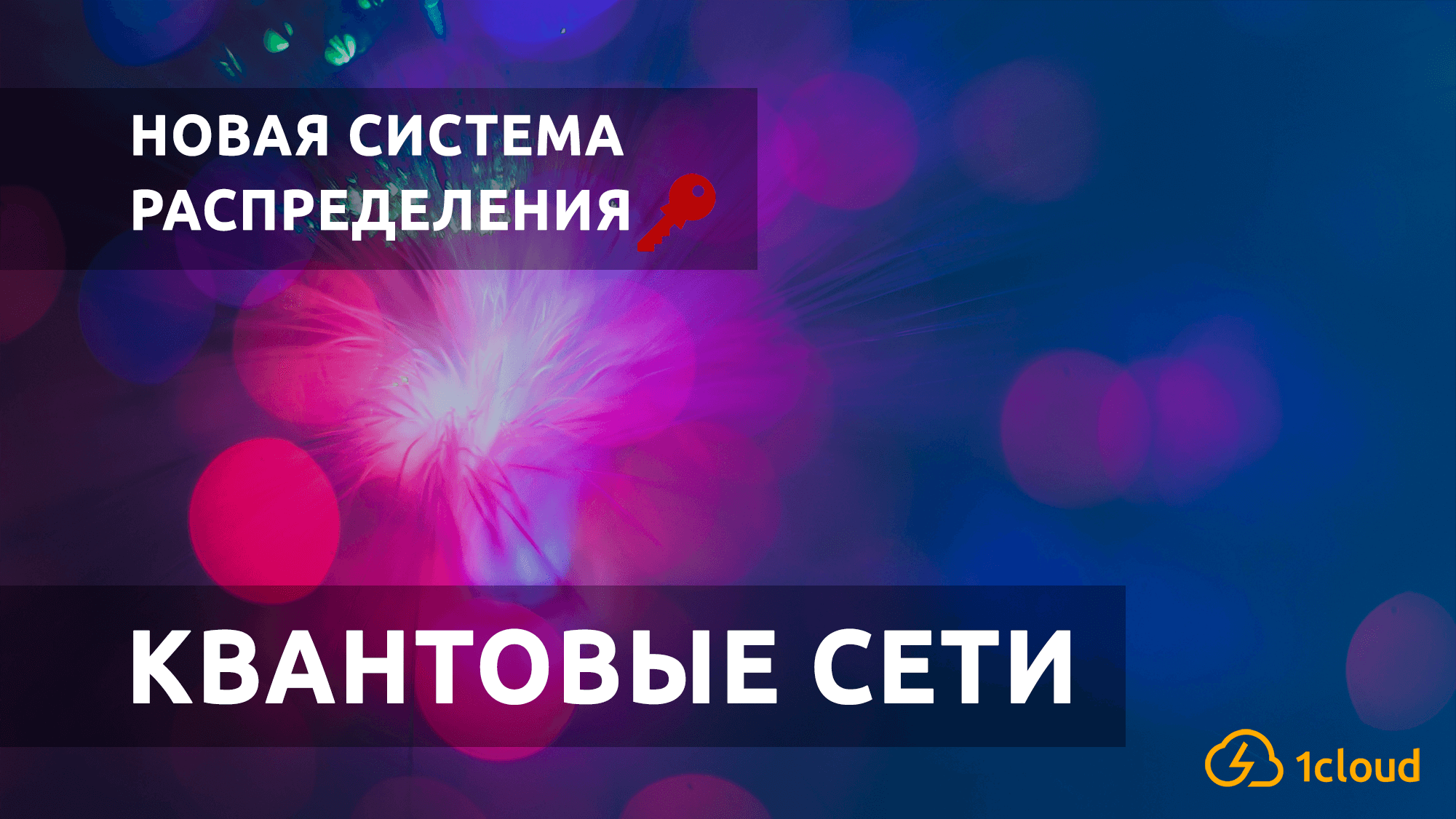
Photo - Shahadat Rahman - Unsplash
In quantum networks, data is transmitted over fiber optic channels using polarized photons. Photons are very “fragile” and are destroyed when read. In theory, this property protects quantum communication channels from eavesdropping; therefore, their use for distributing cryptographic keys between classical computing systems is considered a rather promising solution.
At the same time, the implementation of such systems - even at the level of scientific laboratories - cost a lot and do not allow achieving high transfer rates. For the most part, they use a simple point-to-point format, using repeaters and trust nodes to read the encoded data and send it down the chain. This approach - with the introduction of a large number of intermediate elements - writes off some of the declared advantages of the system from the point of view of information security, complicates the structure and process of network deployment.
In August, a group of South African physicists presented an alternative quantum key distribution mechanism. It allows you to establish an exchange between ten participants and does not require repeaters.
How it works
For this project, engineers proposed to move away from classical coding approaches in quantum key distribution systems and transmitted cryptographic information using the orbital angular momentum ( OAM ) - it describes the direction of rotation and twist of a photon and has a high information capacity. Scientists have even compared the polarization of a photon in traditional quantum key distribution systems to a coin toss, and OAM to a die with an infinite number of sides.

Photo - jesse ramirez - Unsplash
For data exchange, a scheme was proposed called "parcel transfer" ( pass-the-parcel). A photon with encoded information in turn receives ten network participants, each of which performs certain operations with OAM without reading. Thus, the photon is not destroyed and returns to the sender. The latter makes a control reading and compares the state of the photon before and after transmission. Most importantly, the new approach allows you to distribute the key, even if only a part of the network participants trusts each other - for example, three or four. Classic systems cannot yet boast of such capabilities.
What's up with the IT industry
Such developments bring the emergence of commercial and government quantum networks closer (similar projects are already being discussed in the US Department of Energy), reducing the cost of infrastructure and increasing its theoretical efficiency. For example, the Austrian Institute of Quantum Optics and Quantum Information is convinced that in the next five years, quantum networks will be able to unite computing devices at a distance of 50-100 kilometers.
What we write about in the corporate blog 1cloud.ru: